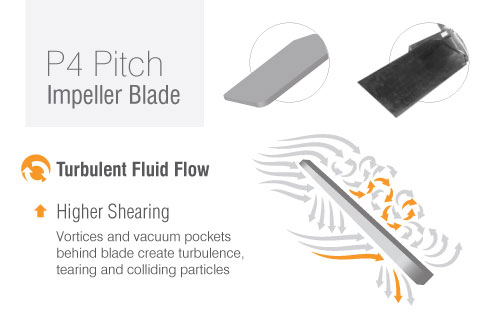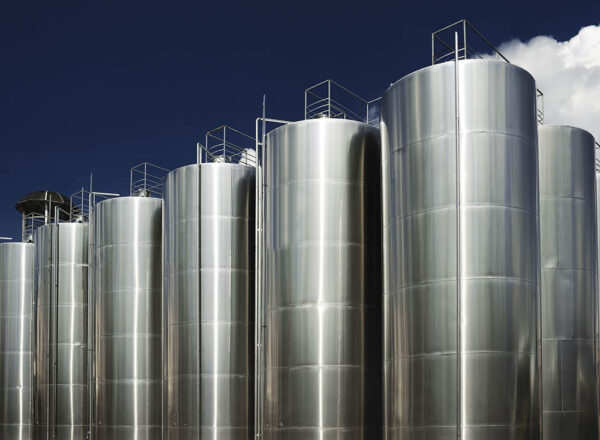
Key Factors to Lime Slurry Usage in Water Treatment Processes
LIME SLURRY USAGE FOR WATER TREATMENT PROCESSES FACTORS TO CONSIDER What is Lime? Not to be confused with the lime you find in your local produce store, Lime is a commonly used chemical for wastewater treatment and can be slaked when water is added and turned into slurry. The use of lime in its various forms has been steadily on the rise. Today lime is the most important chemical used throughout the world for pollution control. It is, therefore, imperative that handling and processing lime be well understood by all those who use this chemical. The Lime used in the water treatment industry is referred to as either quicklime (CaO) or hydrated lime (Ca(OH)², which is hydrated in





